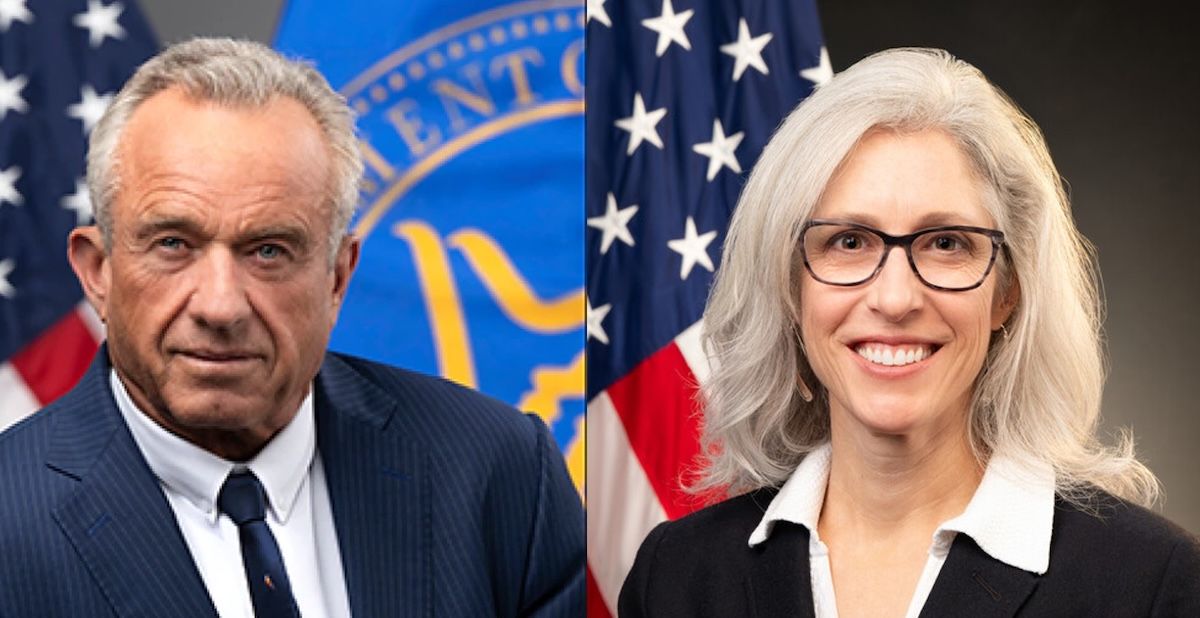Article
The man with a 3-inch nail in his head
Was the patient lobotomized--or merely laid back?
The man with a 3-inch nail in his head
Was the patient lobotomizedor merely laid back?
By Thomas J. Richards, MD
Family Physician /Ventura, CA
By our second year of residency, my colleagues and I had become somewhatblase about the unusual, even bizarre cases that appeared at our countyhospital's emergency room. So when a fellow resident told me, "Youwon't believe this one!" I was eager to see what had made him so excited.
Steve (I've changed all names) just smiled as he led me down a darkenedhallway to the bank of X-ray viewing boxes. There, he proudly displayeda skull series. In each of the two views, there was a naila long nail.It extended from the anterior right orbit and surely continued right throughthe brainthe nail couldn't have missed italmost to the top of the skull.(You see it above.)
It was the week before Halloween. I shook my head, smiling, and said,"How did you do that? It looks real."
"It is real!" Steve insisted.
"No way!"
"Yeah," he said. "The guy came in with a periorbital laceration.He said he was doing construction work using a pneumatic nailerone ofthose devices that fires nails like a gun fires bullets. Well, the nailerbucked back and hit him just above the eye. He came in to have the lac repaired.The intern wanted to make sure he didn't have any periorbital fractures,so he ordered these."
"Wow," I muttered, no longer smiling. "How does he look?"
"Actually, he looks good. Walked in here under his own steam, notcomplaining of anything except a mild headache. Come on; I'll introduceyou."
Steve walked through the ED, stopped, and pulled back a curtain to reveala powerfully built blond man in his 20s, wearing a yellow T-shirt. A jaggedline of dried blood extended upward from his right cheek, ending in a two-by-twobandage taped over his right eyelid and brow.
"Mr. Jones, this is the doctor I told you about. He'll take careof you now."
Jones looked at me and smiled.
I smiled back, and extended my hand. "Nice to meet you, Mr. Jones."
"I'll be getting back to work," said Steve with a mischievousgrin.
I was alone. I didn't have a clue what to do for a guy with a nail inhis head. Did he even know about it? I hadn't thought to ask.
"So," I said, pulling up a stool and sitting next to my patient,"I heard about the nailer hitting you. Have you seen your X-rays?"I just couldn't bring myself to ask outright, "Have they told you thatyou have a great big nail sticking into your brain?"
"Yeah. They showed me." He was smiling like a man without acare in the world, and I wondered how much damage the nail had done. Thestory of Phineas Gage raced through my mindthe man who accidentally drovea steel rod through his brain. Although Gage made a complete physical recovery,he suffered major personality and behavior changesattributed, after hisdeath, to frontal lobe damage. Jones, however, seemed unaffected.
Was this guy incredibly laid backthis was southern California, afterallor had that nail performed a mini-frontal lobotomy?
"You know you've got a nail in your head?" I asked.
"Uh-huh," he said, nodding.
"Well, does your head hurt?"
"A little, but it's getting better."
"Do you feel any differentnumb or tingly anywhere? Any changein your vision, hearing, balanceanything different at all?" Jonesjust smiled and shook his head.
"Hmmm," I said thoughtfully. "Let's have a look."
Pulling back the dressing and moving the lacerated flap of skin and tissueaside, I saw the shiny head of the nail embedded right up to the bone. Asidefrom his wound, Jones' exam was entirely normal.
"We'll have to take it out," I said, for lack of anything better.
"Okay. Are you going to do it?"
The idea didn't seem to bother him, lending further support to my frontallobotomy theory.
"No. I'll call the neurosurgeon." I hadn't seen anything onmy procedure list about removing foreign bodies from brains, and I assumedboth my residency director and my malpractice carrier would prefer thatI pass up the opportunity.
"How will he do it?" The guy still didn't seem worriedjustcurious.
"I'm not really sure. I suppose we'll take you up to the operatingroom and pull it out there." How we'd pull it outI had no idea. "Areyou okay here? Do you need anything?"
"No, thanks. I'm fine."
"All right," I said, standing. "I'll be back in a fewminutes."
At the nurses' station, I checked the on call board for neurosurgery.On the whole, the local neurosurgeons were a good groupexcept for Kettridge,an old curmudgeon. Of course, he was the one on call. I cursed my luck,and picked up the phone.
More bad luck: He was home. I presented Jones' case.
There was a long pause. I wondered whether Kettridge was still there.
"Okay," he said. "I'll come in." The line went dead.
About 30 minutes later, Kettridge grumbled into the ED. He looked atthe X-rays, gave Jones a cursory exam, and said to me, "Move him tothe procedure room." I wheeled the still-congenial Jones into a nearbyroom.
Kettridge followed us, washed his hands, and asked the nurse for a medium-sizedclamp. As he pulled on his gloves, he directed me, "Hold his head forme." I was thinking: "He's not going to just pull that nail outright here." I put on gloves, moved to the top of the bed, placed ahand on either side of Jones' head, and held it firmly.
Kettridge, clamp in hand, removed the bandage that covered the wound.After injecting a local anesthetic, he retracted the flap of skin with onehand to expose the nail; with the other, he gripped the head of the nailwith the clamp. I squeezed a little harder as Kettridge started to pullon the nail.
His grip was good, but not good enough. The clamp popped off. I had amental image of the nail swishing back and forth through Jones' gelatinousbrain, irreversibly scrambling . . . what? His love of chocolate? His ambitionto play the guitar? Everything he learned in third grade?
Kettridge cursed and, with a look of angry determination, gripped thenail again. Again the clamp popped off, and the nail probably rearrangeda few million neurons. Kettridge sighed heavily and reapplied the clamp.On this try, the nailwhich must have been loosened by the first coupleof tugs, pulled free. The wound bled slightly, and I replaced the bandages.
Kettridge was stripping off his gloves and preparing to leave when Iasked him: "Do you want a CT or anything?" (No MRI was available.)
"No. Just put him on antibiotics for a few days, and call me ifhe has any problems."
With that, he was gone. I don't think he ever saw Jones again.
I looked at Jones, who was placidly looking up at me. I stitched thelaceration, instructed the nurse to give him a whopping dose of IV antibiotics,had him admitted, and sent him upstairs.
When I met his wife during a visit, I pulled her out of the room andwhispered, "Does he seem any different to you? Has his personalitychanged at all?"
She thought for a moment. "No," she said. "He's the sameas always."
"Was he always so laid back?" I was still working on the lobotomytheory.
"Oh, yeah," she said. "Nothing bothers him."
Nothing, indeed.
Jones did great. Three days after we removed the nail from his head,I sent him home on oral antibiotics. Before he left, I gave him a souvenirof his visit: the 3-inch, slightly bent nail.
Thomas Richards. The man with a 3-inch nail in his head.
Medical Economics
2000;1:137.
Newsletter
Stay informed and empowered with Medical Economics enewsletter, delivering expert insights, financial strategies, practice management tips and technology trends — tailored for today’s physicians.





